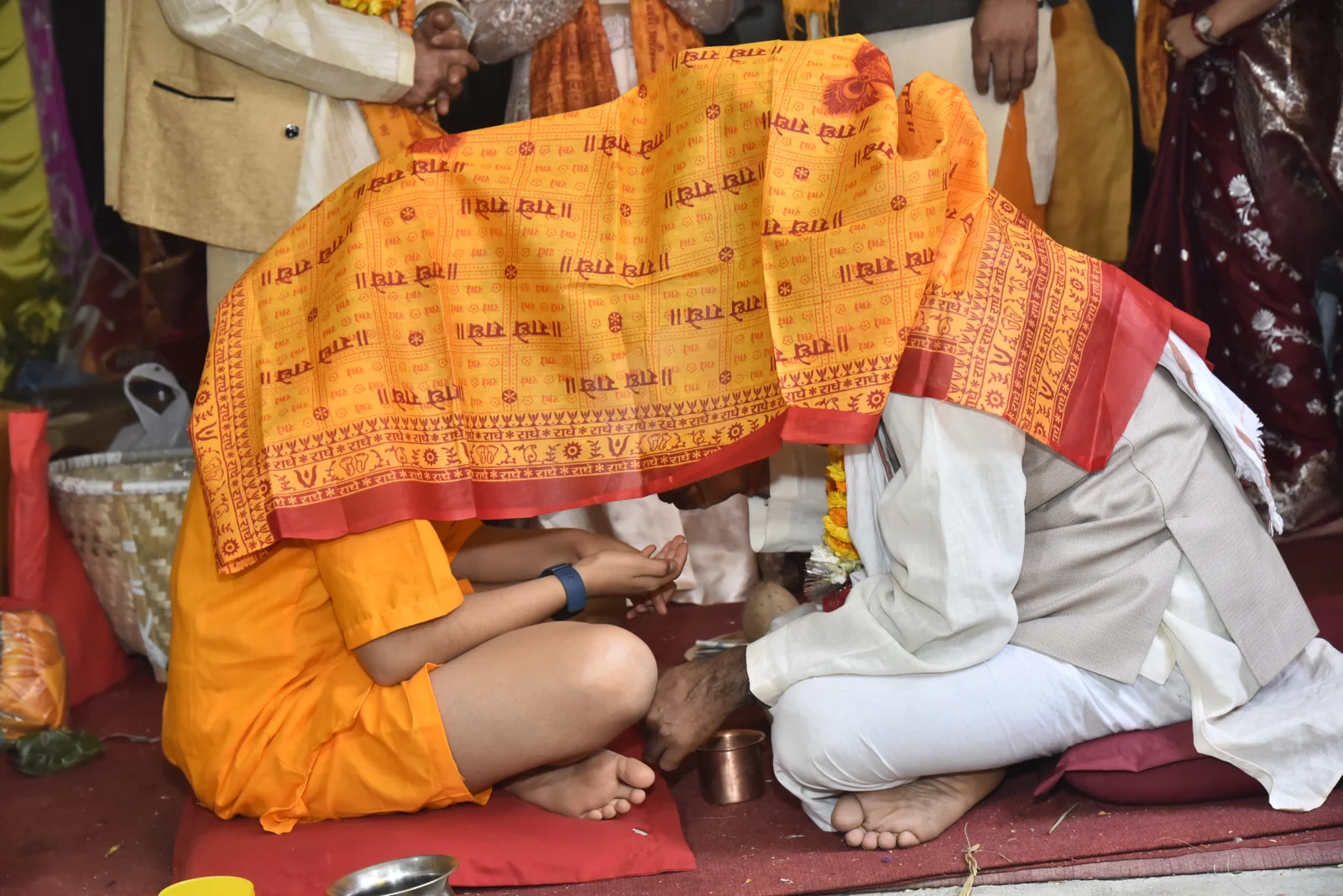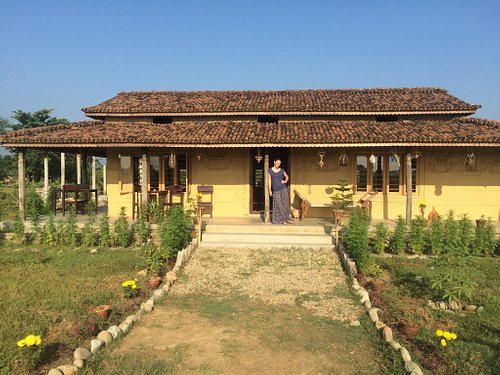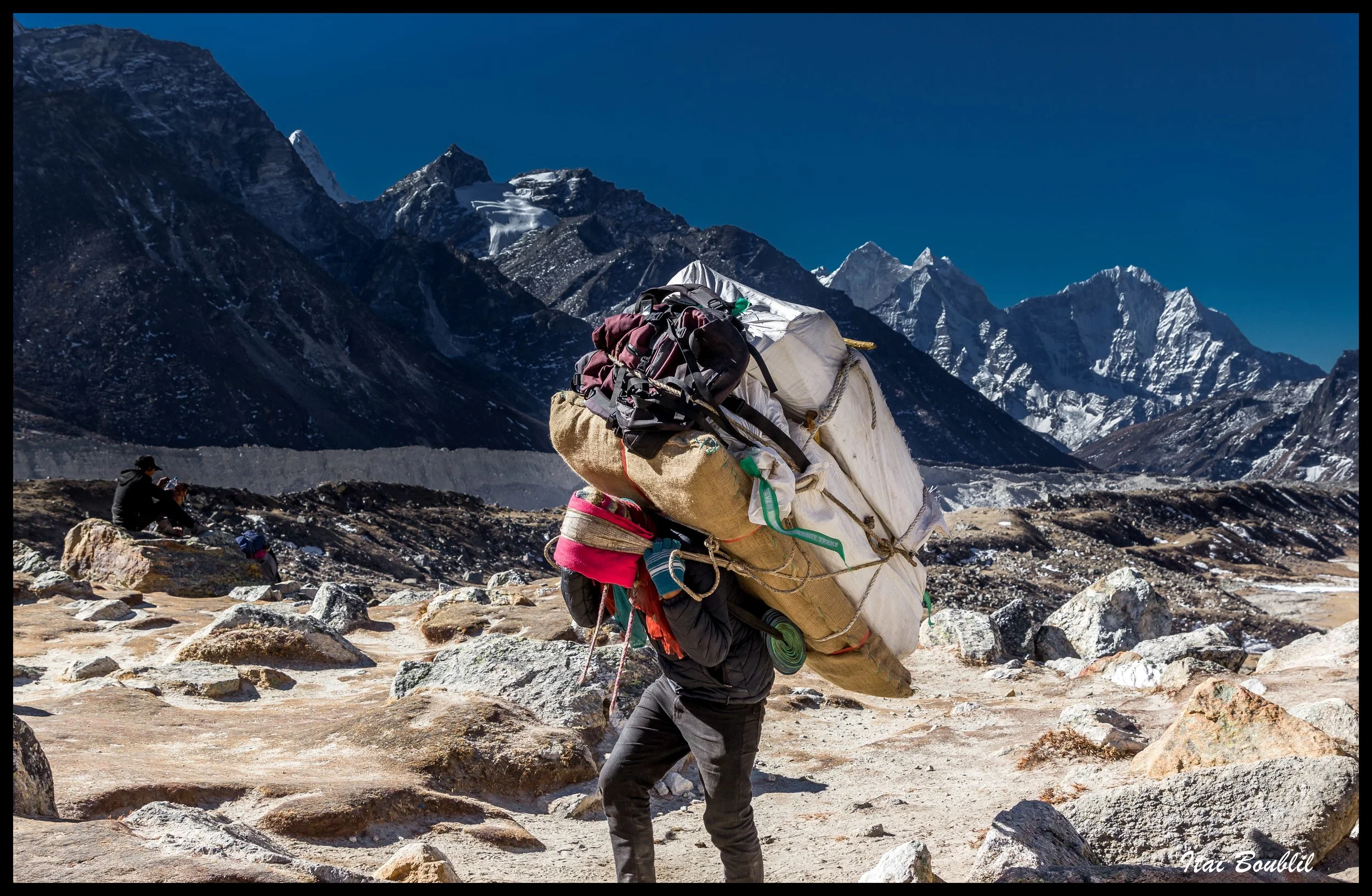Share this Article
Disappearing Oral Proverbs and Storytelling Traditions: The Fading Voice of Cultural Memory
Introduction
In societies across the globe, before the written word became dominant, knowledge, values, ethics, and cosmologies were transmitted orally. From village firesides to royal courts, oral traditions—particularly proverbs and storytelling—formed the backbone of cultural identity and intergenerational wisdom. They were not simply artistic expressions but powerful tools of education, memory, socialization, and resistance.
Proverbs condensed centuries of observation into short, memorable phrases. Stories—whether myth, legend, or folktale—carried entire worldviews. They taught young people how to behave, elders how to advise, and communities how to understand the unseen. Yet, in the current age of digital communication, standardized education, and cultural homogenization, these traditions are rapidly disappearing.
This article examines the historical and cultural significance of oral proverbs and storytelling traditions, the reasons for their erosion, and the implications of their loss on cultural continuity, identity, and wisdom systems. It also highlights global efforts to document, preserve, and revive oral traditions in both indigenous and modern contexts.
The Role of Oral Traditions in Human Societies
What Is Oral Tradition?
Oral tradition refers to the cultural material and traditions transmitted verbally from one generation to another. It includes folk tales, myths, proverbs, riddles, songs, chants, and historical narratives. These were often recited by elders, griots, bards, or shamans, and were considered authoritative sources of knowledge.
Crucially, oral traditions are performance-based. The speaker’s voice, rhythm, gestures, and environment play an essential role in conveying meaning. This makes oral traditions fluid, adaptive, and responsive to context.
Proverbs: Wisdom in a Sentence
A proverb is a short, commonly known saying that expresses a general truth or piece of advice. Across cultures, proverbs function as mnemonic tools for memory and ethical instruction. Their succinct and metaphorical nature allows them to survive across generations.
Examples include:
- African Akan proverb: “Wisdom is like a baobab tree; no one individual can embrace it.”
- Chinese proverb: “A single conversation with a wise man is better than ten years of study.”
- Nepali proverb: “Dudhko sojho mukh ma aago nalagcha” (Fire does not burn the mouth that speaks truth like milk.)
Each carries deep cultural context, metaphor, and social nuance that often defies direct translation.
Storytelling: The Voice of the Ancestors
In oral cultures, storytelling served as a multidimensional institution. It passed down history, preserved genealogies, explained natural phenomena, conveyed laws, resolved conflicts, and entertained. Stories could be sacred (myths), historical (legends), or social (folktales), and were often performed with music, dance, or visual symbols.
Storytelling was deeply interactive and relational. It demanded not only a skilled narrator but also an attentive audience. Unlike written texts, oral stories could be adapted on the spot, changed over time, and tailored to the social mood or pedagogical needs.
Regional Glimpses of Oral Traditions
1. Sub-Saharan Africa: The Griot Legacy
In West Africa, the griot or jeli was a master storyteller, poet, and historian. Often attached to royal courts, griots preserved genealogies, battle histories, and moral tales for centuries without ever writing them down.
Griots used instruments such as the kora (a stringed lute) to accompany stories. Proverbs in the Wolof, Yoruba, and Akan languages served as commentary on social behavior and were woven seamlessly into stories and songs.
2. Nepal: Dohori Songs and Proverbs
In the Himalayan region, particularly rural Nepal, storytelling and proverb use flourished in the form of Dohori (question-answer songs), Katha Bachan (folk narratives), and Tippani (verbal proverbs used in labor settings). Elders would gather youth during festivals to recite lok katha (folk tales), with moral lessons often encoded in metaphors, riddles, and animal parables.
Nepali proverbs such as “Bag lai dekhne belama kukur bhukira” (The dog barks when the tiger is visible) capture rich psychological, ecological, and social meanings.
3. Indigenous Australia: The Dreamtime Narratives
Australian Aboriginal cultures have some of the oldest continuous oral storytelling traditions in the world. Known as Dreamtime stories, these narratives explain the origins of land formations, animal species, and human customs. They are not merely tales but spiritual maps embedded in songlines, linking people to territory and ancestors.
The stories are passed through ritual performance, rock art, and language-specific recitations. Their loss through displacement and language extinction threatens not only culture but legal and spiritual identity.
4. Ireland and Scotland: Celtic Bardic Lore
In Gaelic-speaking regions, bards and seanchaí (oral historians) preserved Celtic myths, clan histories, and heroic epics. These traditions, often poetic and alliterative, maintained Celtic identity during Roman invasion, Christian conversion, and British colonization.
The oral transmission of tales such as the Táin Bó Cúailnge or the stories of Fionn mac Cumhaill connected generations to ancestral memory even without literacy.
Causes Behind the Disappearance of Oral Traditions
The decline of oral proverbs and storytelling traditions is driven by multiple intersecting forces:
1. Colonial and Missionary Disruption
Colonial administrations often viewed indigenous oral traditions as primitive or superstitious. Missionaries destroyed or suppressed oral texts that did not conform to Christian doctrine. Oral traditions were systematically replaced by written religious texts, colonial education, and foreign moral codes.
2. Language Extinction
Proverbs and stories are deeply embedded in native languages, using idioms, rhythm, and metaphor that resist translation. As over 40% of the world’s 7,000 languages are at risk of extinction, their accompanying oral traditions vanish with them.
3. Formal Education and Literacy
Modern schooling prioritizes literacy, science, and standardized knowledge. Oral traditions, by contrast, are seen as informal, unverifiable, or outdated. As children spend less time with elders and more time with books or screens, the intergenerational transmission chain is broken.
4. Urbanization and Migration
As rural populations migrate to cities or abroad, traditional settings of storytelling—such as communal courtyards, village temples, and evening gatherings—disappear. In urban settings, the pace of life and cultural diversity discourage prolonged oral engagements.
5. Technology and Digital Media
Though media platforms can host oral content, they often privilege visual and written formats. TikTok videos, online memes, and tweets have replaced the storyteller’s role. While some digital expressions imitate proverbs, they lack the communal grounding, ethical depth, and interactivity of traditional oral forms.
Consequences of the Loss
The erosion of oral proverbs and storytelling traditions has broad implications beyond nostalgia:
1. Cultural Amnesia
Without oral traditions, communities lose their historical consciousness—stories of origin, migration, resistance, and transformation. They become culturally disoriented, especially when written history centers external narratives.
2. Moral and Ethical Disconnection
Proverbs and stories encoded moral lessons, taboos, and social values. Without them, younger generations may lack culturally grounded frameworks for resolving conflicts, respecting elders, or understanding kinship and hospitality.
3. Loss of Indigenous Knowledge Systems
Oral traditions carry knowledge of medicinal plants, ecological cycles, astronomy, and craftsmanship. Their disappearance leads to a loss of traditional science and sustainability practices, especially in biodiversity-rich areas.
4. Weakening of Intergenerational Bonds
Storytelling was a relational act—linking grandparents and grandchildren, elders and youth. Its disappearance erodes family and community cohesion, replacing interaction with individual entertainment.
Efforts Toward Preservation and Revival
Despite these challenges, global efforts are underway to document, preserve, and even revive oral traditions.
1. Ethnographic and Linguistic Documentation
Anthropologists, linguists, and community activists are recording oral stories, proverbs, and songs through audio, video, and transcription. Projects like the Endangered Languages Documentation Programme (ELDP) and World Oral Literature Project are vital in these efforts.
2. Community Story Circles and Festivals
In regions such as Kenya, India, and the Amazon, oral storytelling festivals are held annually to celebrate indigenous narratives. These festivals offer platforms for elder storytellers to pass on traditions to younger audiences in dynamic and performative ways.
3. Inclusion in School Curricula
Some schools are integrating local folklore, proverbs, and traditional stories into curricula to build cultural pride. Teaching children in their mother tongues during early education also supports the continuity of oral traditions.
4. Digital Storytelling Initiatives
While technology has contributed to erosion, it also offers tools for revival. Podcasts, YouTube channels, and mobile apps are being used to archive and share proverbs and folk tales, especially among diaspora communities seeking cultural reconnection.
5. Legal Recognition and Cultural Rights
International frameworks such as UNESCO's Convention for the Safeguarding of the Intangible Cultural Heritage have begun protecting oral traditions. Several countries now recognize storytelling as part of their national cultural patrimony.
Recommendations for Future Action
To ensure that oral proverbs and storytelling do not become relics of the past, proactive and inclusive steps are necessary:
- Empower Elders: Recognize them as cultural bearers and compensate them for sharing their knowledge in formal and informal settings.
- Encourage Mother-Tongue Use: Preserve the linguistic medium in which oral traditions thrive.
- Create Community Archives: Digitally record and store oral narratives at the village or district level.
- Support Cultural Practitioners: Fund storytellers, folk musicians, and cultural educators who keep oral traditions alive.
- Promote Youth Engagement: Organize storytelling competitions, workshops, and mentorship programs to interest younger generations in their heritage.
Conclusion
The fading voices of oral storytellers and proverb-keepers echo a deeper silence—the silence of cultural loss, ethical confusion, and intergenerational disconnect. Oral traditions are not mere relics; they are dynamic, evolving, and irreplaceable systems of wisdom. They have shaped the moral landscapes of civilizations, preserved ecological knowledge, and sustained human dignity in times of adversity.
In preserving and revitalizing oral proverbs and storytelling traditions, we do more than honor the past—we enrich the present and safeguard the future. In a world dominated by fleeting digital content and algorithm-driven narratives, the timeless voice of a story well told or a proverb wisely shared offers something we cannot afford to lose: meaning.
Categories:
Travel & Tourism
,
Culture & Traditions
,
Adventure Activities
,
Nature & Wildlife
,
History & Heritage
,
Lifestyle & Local Life
,
Health & Wellness
,
Education
,
Spirituality & Religion
,
Food & Drink
,
Festivals & Events
,
Photography & Arts
,
Sustainable Development
,
Hiking Destinations Around Kathmandu
,
Traditional Tools and Utensils
,
Medicinal Plants of Nepal
Tags:
asdasd
,
Thamel
,
nagi gumba
,
sundarijal
,
dashain
,
festival of nepal
,
bada dashain
,
traditional food
,
traditional-drink
,
murchunga
,
nepalese music







